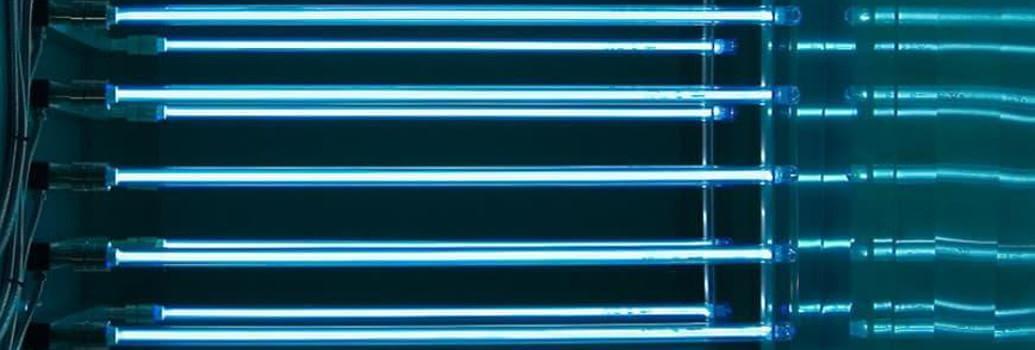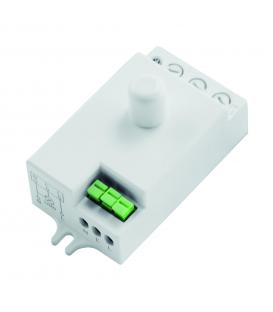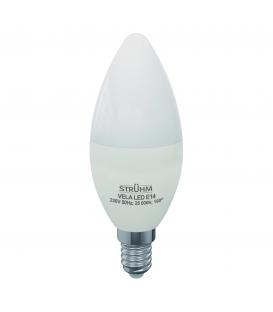Special UV sterilization amalgam lamps advanced disinfection solutions

Amalgam UV-C sterilization lamps are an evolution of traditional low-pressure mercury vapor UV lamps, designed to overcome some limitations associated with standard UV-C lamps. The term "amalgam" refers to the use of a special mercury amalgam alloy in these lamps, which allows them to produce a higher and more stable output of UV-C radiation compared to standard mercury vapor lamps.
Amalgam UV-C lamps utilize a similar principle as traditional UV-C lamps: they emit short-wavelength UV-C light (around 254 nanometers) that damages the DNA and RNA of microorganisms, including bacteria, viruses, and mold spores. This damage disrupts their ability to replicate and reproduce, rendering them inactive and effectively sterilizing surfaces, air, and water.
2. Benefits: Amalgam UV-C sterilization lamps offer several advantages over traditional UV-C lamps:
- Higher Output and Efficiency: The amalgam alloy allows these lamps to produce a more intense and stable output of UV-C radiation, resulting in faster and more efficient sterilization.
- Longer Lifespan: Amalgam lamps have a longer operational lifespan compared to traditional UV-C lamps. They can maintain a high level of UV-C output over a longer period, reducing the need for frequent lamp replacements.
- Broad Application Range: Due to their higher output and efficiency, amalgam UV-C lamps are suitable for a wide range of applications, from air and water purification to surface disinfection in various industries.
- Greater Flexibility: These lamps can be designed in various shapes and sizes, making them adaptable to different installation configurations and spaces.
3. Areas of Applications: Amalgam UV-C sterilization lamps find applications in numerous sectors, contributing to improved hygiene, safety, and public health:
- Water Treatment: These lamps are commonly used for disinfecting water in municipal water treatment plants, swimming pools, and wastewater treatment facilities. They help eliminate harmful microorganisms and pathogens, ensuring safe and clean water.
- Air Purification: Amalgam UV-C lamps are employed in HVAC systems, air purifiers, and air handling units to sterilize and sanitize indoor air. They can help prevent the spread of airborne pathogens and improve indoor air quality.
- Healthcare Facilities: Hospitals, clinics, and laboratories use amalgam UV-C lamps to disinfect surfaces, equipment, and even the air in sterile environments. This helps reduce the risk of healthcare-associated infections.
- Food and Beverage Industry: These lamps are utilized for surface sterilization in food processing plants and storage facilities, ensuring that consumables are free from contaminants.
- Pharmaceutical Industry: Amalgam UV-C lamps play a crucial role in maintaining sterile conditions during the production of pharmaceutical products and medical devices.
- Research and Development: Laboratories use amalgam UV-C lamps for decontamination purposes, preventing cross-contamination in experiments and research activities.
- Public Spaces: Airports, public transportation systems, schools, and offices can benefit from amalgam UV-C lamps to create safer environments by reducing the presence of pathogens on surfaces and in the air.
- Aquaculture: In aquaculture facilities, these lamps help control the growth of harmful bacteria, viruses, and parasites in water systems, promoting healthier aquatic environments.
Conclusion: Amalgam UV-C sterilization lamps represent a significant advancement in UV-C disinfection technology, offering higher output, efficiency, and longer lifespans compared to traditional UV-C lamps. Their versatile applications across various industries and sectors contribute to improved public health, safety, and hygiene by effectively eliminating harmful microorganisms from water, air, and surfaces.
Browse our "Special UV-C sterilization" collection
Amalgam UV-C Sterilization Lamps - Advanced Disinfection Solutions
- 2 397,30 €Experience the power of UV-C 6 x HOK 25 120 2500W pp D RX15sp, a standout in our special UV-C sterilization lamps...
- 350,41 €Experience the power of UV-C TUV 130W xpt se G10.2q, a standout in our special sterilization lamps category. Ensure...
- 365,49 €Experience the power of UV-C TUV 200W xpt se G10.2q, a standout in our special sterilization lamps category. Ensure...
- 439,53 €Experience the power of UV-C TUV 230W we xpt se G5.4x17q, a standout in our special sterilization lamps category....
- 437,55 €Experience the power of UV-C TUV 260W xpt se G5.4x17q Dimm, a standout in our special sterilization lamps category....
- 350,33 €Experience the power of UV-C TUV 325W HO xpt se G10.2q, a special sterilization lamp that ensures a germ-free...
- 505,34 €Experience the power of UV-C TUV 335W WP xpt se G17x10, a special sterilization lamp that ensures a germ-free...
- 505,34 €Experience the power of UV-C TUV 335W xpt se G5.4x17q, a standout in our special sterilization lamps category....














